Industry experts debunk common daylight saving myths
It’s the unavoidable conversation that arrives right on time each year. Experts lay down the facts about what really goes on during daylight saving. VOTE IN OUR POLL
Brisbane City
Don't miss out on the headlines from Brisbane City. Followed categories will be added to My News.
It’s the unavoidable conversation that ironically arrives right on time each year.
Just like clockwork, the daylight saving time (DST) debate has kicked off once again, after New South Wales, Victoria, the ACT, South Australia and Tasmania turned their clocks forward one hour last week.
Although it’s been 30 years since Queenslanders voted on whether daylight saving should be adopted, it remains a hot debate among politicians and industry leaders.
Some argue it can cause health issues, others say the state economy is missing out on billions each year.
We spoke to the experts to debunk some of the most common daylight saving myths.
IS IT SAVING OR SAVINGS?
It’s saving. Although people commonly drop an ‘s’ on the end, the proper term is daylight saving time (DST).
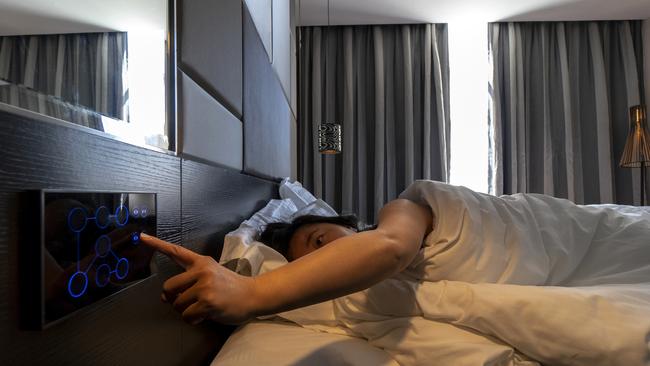
THE IMPACT ON SLEEP AND CIRCADIAN RHYTHM
University of Queensland Professor of Sleep Simon Smith said there were serious risks associated with mass scale body clock changes that occurs when DST kicks in.
He said a number of international sleep societies recognise these risks and say DST benefits don’t outweigh the potential health implications.
“We kind of call it social jet lag, that’s your mismatch between your body clock and the outside world,” he said.
“A lot of people are constrained by their work times, their sport times and while some get up early or late already, DST is has an enforced nature about it.
“It causes two things, one is less sleep and then it's also asking you to shift your internal body clock, your circadian rhythm, and that's not always easy to do.
“You may be at increase risk of accident due to fatigue, there’s some data to support that however your body clock also seems to be of importance to your medium and long term health as well, we don’t see that immediately in hospital admissions but we know there’s a relationship between the two.”
Professor Smith said the jet lag effects of DST are worse for those who already suffer from sleep issues.
“The counter argument is there's a lot of people not getting enough sleep and they don't need to get even less,” he said.
“There's enough pressure on sleep as it is.”
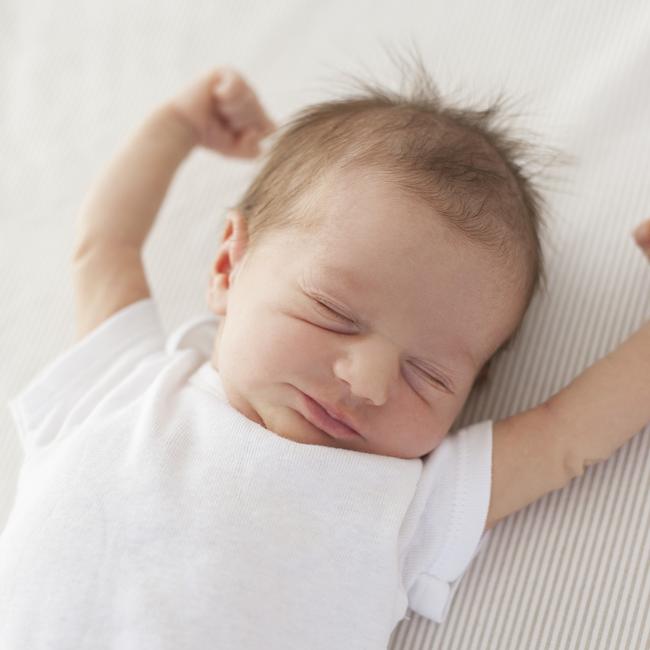
IS IT HARDER TO PUT KIDS TO SLEEP?
Professor Smith said children are hardest hit when it comes to adjusting their body clocks to DST.
“It's hard to go to sleep when it's not the right time, and families with kids would see this most because you can’t just put them to bed an hour earlier,” he said,
“It's hard to make that shift as kids have strong (body) clocks and regular routines which is really good and really healthy. It takes time to change.
“The body is also sensitive to light, so the light we would get in Queensland would be challenging as it gets hot earlier.
“We’d need to think about getting them (kids) to bed earlier or blocking out the morning sun to give them enough hours of sleep.”
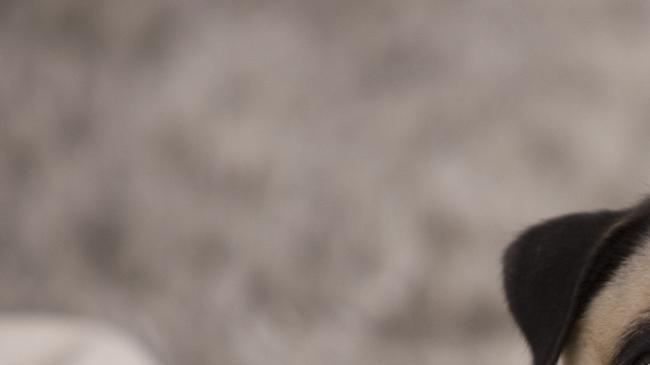
WILL YOUR PET NOTICE?
The simple answer to whether pets or any animals notice daylight saving changes is no. Why? Because animals can’t tell time.
Principal scientist at RSPCA Queensland Mandy Paterson said DST doesn’t affect animal welfare, and a pet would only notice daylight saving if their owner changed their behaviour.
“They’re (animals) not looking at the clock and saying, ‘damn it’s 6am I’ve got to get up’,” Ms Paterson said.
“They’re aware of the sun rising and sun setting and that changes throughout the year anyway, which they make adjustments to, but daylight saving isn’t a sudden or drastic thing for them.
“The only way it affects animals is through their owners when their behaviour changes, because the pet gets up and goes to bed at the same time as them.
“So from a welfare perspective, there’s no impact.”
Ms Paterson explained that when pets travel with their owners to different time zones, any abnormal behaviour is usually a reaction to having their schedules broken rather than the time zone change itself.
“Pets know the routines, they know when you get home, when you feed them, those sorts of cues stay the same when they’re in the same place,” she said.
“If you move them suddenly they can get jet lagged.
“But for the animal the hours of daylight stay the same.”
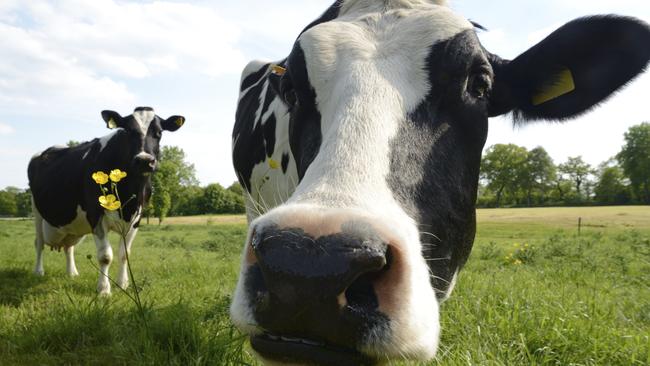
DO COWS WAKE UP EARLIER OR PRODUCE LESS MILK?
Principal scientist at RSPCA Queensland Mandy Paterson said she’s not come across much research on whether cows and milk production would become affected by daylight saving.
“It depends if the farmers change their own timed schedules to suit daylight saving or whether they just do their jobs the same time anyway,” she said.
“I can't see the cows producing less milk because they get milked twice a day, so the time between those milkings would stay roughly the same.
“When the daylight saving starts the time from the first milking and the last would be the same, unless the farmer changed those times.”
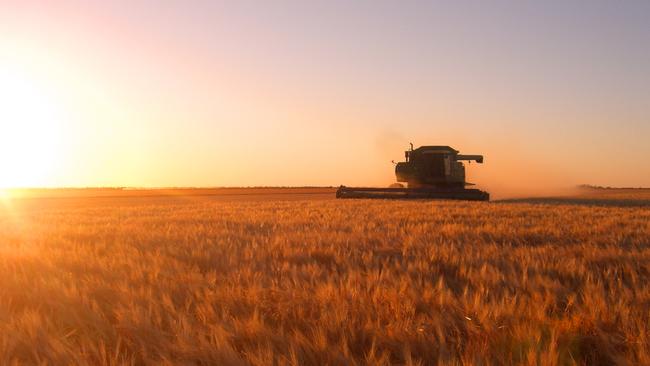
DOES IT AFFECT A FARMER’S HARVEST?
Although the actual concept of Daylight Saving Time does not change how crops grow or the seasonal crop rotation, Queensland farmers have strongly argued that turning the clocks forward would burden them with longer work days.
At the basic level, crops rely on sunlight and moisture to grow however, DST does not automatically equal less sun in any given day.
The sun will still rise and set in roughly the same patterns each month, year on year, regardless of what the clock says or whether Queensland adapts a DST model.
President of Queensland’s peak rural body AgForce, Georgie Somerset said most AgForce members don’t support daylight saving in Queensland as changing the clocks does not change a farmer’s daily schedule the way it does a 9-5 worker.
“Rural life starts at 4-5am in the morning, it’s not dictated by sunlight. What happens is they (producers) don’t have the coolness at the end of the day,” Ms Somerset said.
“Families have found it quite dislocating as they have dinner and then have to go back out and keep working.”
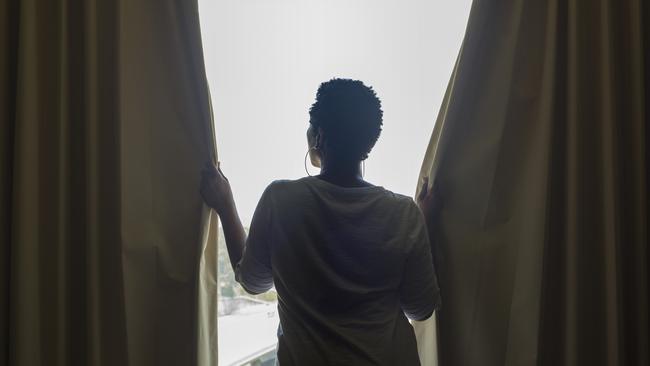
WILL YOUR CURTAINS FADE?
Simply put, no. This is because humans are unable to reposition the sun. Daylight Saving only refers to a measurement of time, not the power or placement of the sun itself.
Should you find your curtains or drapes fading, we suggest you open them during any daylight hours or, if subject to wear and tear, replace them and invest in fabric protection sprays, similar to scotchguarding a couch.
DO WE SAVE MORE POWER/ENERGY?
Not necessarily. Although it’s widely argued that Daylight Saving was invented to help save energy, most experts consider this an outdated concept due to new technologies and the huge increase in their everyday use.
“I don’t think that it has a substantial impact on energy usage anymore,” UQ Energy-efficient expert Dr Rick Jaeger said.
“Might have been more of an effect in the past where we had fewer electronic devices and traditional light bulbs.
“Back then lighting required a greater percentage of our overall energy usage than it does now.
“Modern LED lighting is very efficient and does not require much energy, therefore using it a bit more or less doesn't make a big difference as well.”
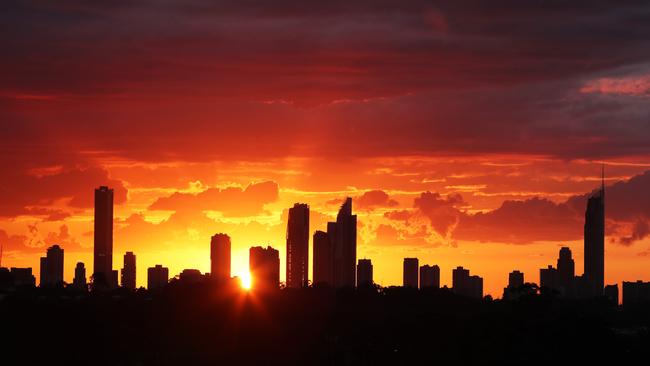
WOULD WE MAKE MORE MONEY?
It’s been argued by Brisbane Lord Mayor Adrian Schrinner that the Queensland economy is missing out on $4 billion every year due to the lack of Daylight Saving Time synchronicity with southern states.
Mr Schrinner said the figure came from “various reports” about productivity loss during DST however, most agree the cost to Queensland businesses is hefty due to the large discrepancies in trading times between states.
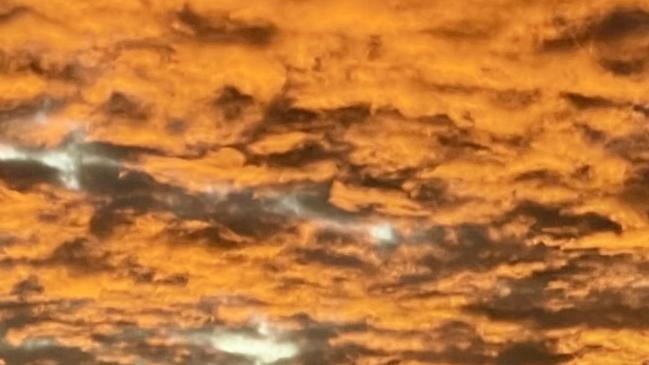
WHAT TIME WOULD THE SUN RISE/SET IN QUEENSLAND?
If Queensland turned the clocks forward one hour on October 2 and back again on April 2 like other jurisdictions, the sun would rise (roughly) between 6am and 7am instead of 5-6am.
It would set between 7pm and 7.40pm instead of 6-6.40pm as it is currently doing so now.
As daylight slowly changes throughout the months, so do the sunrise and sunset times, making our days “shorter” and “longer”.
The following estimates are based on current Brisbane sunrise and sunset data. As Brisbane is situated in the far east, the following estimated times would slightly vary across the far most northern and western parts of Queensland.
Here’s what times the sun would rise and set in Queensland if we adopted daylight saving:
October 2 – April 2 (Daylight Saving begins)
October
Sunrise: 6.30am – 6am
Sunset: 6.50pm – 7.05pm
November
Sunrise: 6am – 5.45am
Sunset: 7pm – 7.30pm
December
Sunrise: 5.45am – 5.55am
Sunset: 7.30pm – 7.45pm
January
Sunrise: 5.55am – 6.20am
Sunset: 7.45pm – 7.40pm
February
Sunrise: 6.20am – 6.30am
Sunset: 7.40pm – 7.20pm
March
Sunrise: 6.40am – 7am
Sunset: 7.20pm – 7pm
April 3 – October 1 (Daylight Saving ends)
April
Sunrise: 6am – 6.10am
Sunset: 5.45pm – 5.20pm
May
Sunrise: 6.15am – 6.30am
Sunset: 5.15pm – 5pm
June
Sunrise: 6.30am – 6.40am
Sunset: 5pm – 5.05pm
July
Sunrise: 6.40am – 6.30am
Sunset: 5.05pm – 5.20pm
August
Sunrise: 6.30am – 6.05am
Sunset: 5.20pm – 5.35pm
September
Sunrise: 6am – 5.30am
Sunset: 5.35pm – 5.50pm




